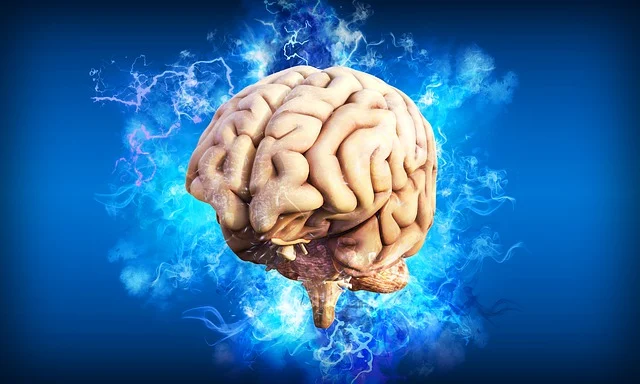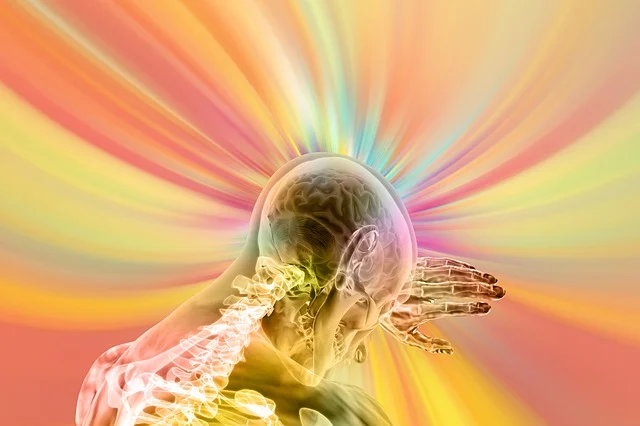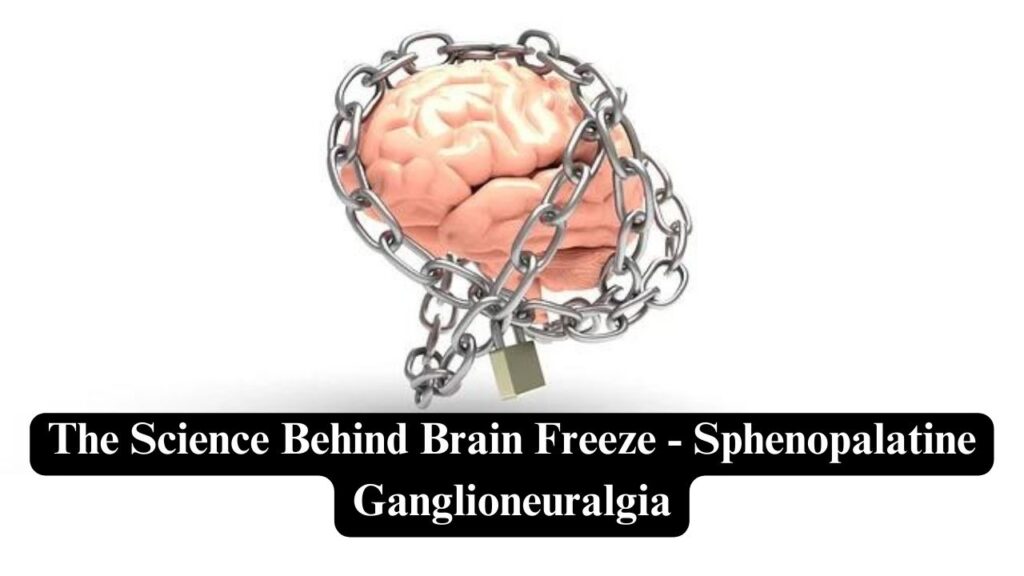You are probably too eagerly drinking or eating something frozen (a snow cone or an ice cream pop). And suddenly, you feel a painful headache – halting your enjoyment! Otherwise known as brain freeze or Sphenopalatine Ganglioneuralgia, it is a state in which the body tries to warm up as a reflex reaction to something extremely cold. The blood vessels in your mouth and body tend to expand, and this sudden alteration leads to discomfort.
Is Brain Freeze Harmful?
Otherwise known as cold-stimulus headache, ice cream headache, or brain freeze, it is quite a common phenomenon and most likely to happen in children. Also, some researchers suggest that patients already suffering from migraines are more vulnerable to this than others. Besides swallowing cold food, brain freeze is also triggered as an after-effect of inhaling cold air or diving into cold water.
In seeking a proper description of Sphenopalatine Ganglioneuralgia, scientists have stated that – it happens when the weather is typically hot, and you consume something cold too fast. The ice cream or cold air touches the mouth’s upper palate (roof), releasing sudden shocks to the brain.

Moving on to the question,” Is brain freeze harmful?” “Can it cause irreplaceable damage to the brain?” Well, it cannot! That is because the pain is caused by the trigeminal nerve getting stimulated in the roof of your mouth or by cold air getting into your sinuses. The entire phenomenon causes an abrupt contraction of blood vessels in your forehead, causing sudden pain.
In contrast, during regular brain surgery, the doctors routinely bring down the brain’s temperature to 17.8 degrees Celsius. So, compared to that, an ice cream headache is a mere incident and will not cause any deliberate harm to your brain.
Sphenopalatine Ganglioneuralgia – Causes
It’s not just ice cream; any cold stimulus can be the reason for Sphenopalatine Ganglioneuralgia. Here is a list of them all:
When exposed to freezingly cold weather, the regular body temperature suddenly drops! The capillaries, i.e., delicate blood vessels throughout our bodies, shrink to escape the cold. This whole process can lead to your brain realizing a certain level of shock!
Also, a quick rewarming of the body with exposure to a warm stimulus results in vasodilation, i.e., the blood vessels in our body widen, causing blood to rush through the vessels. The sudden change makes the brain undergo another shock and the same pain level.

Migraine And Sphenopalatine Ganglioneuralgia
Several studies have revealed that patients with a history of migraines are more likely to suffer from brain freeze.
In 2023, 8789 adolescent respondents from Taiwan were made to complete a questionnaire on ice cream headaches. Out of them, those with a history of migraines suffered from more frequent ice cream headaches than the others.
A Study Of Cold-Stimulus Headache Or Brain Freeze In Children
A group of researchers saw that there were no such studies focusing on the effects of cold-stimulus headaches (CSH) in children. Hence, they came forward with a systematic review, analyzing the effects of CSH in children and adolescents. The review included 25 studies – 9 papers were based on pediatric cases (4 pediatric samples and 5 mixed samples of children and adults).
As per the results, the frequency of CSH is higher in children when compared to the adult. This was irrespective of gender at any age. Children with a family history of migraine are more likely to undergo the sudden pain.
Also, the team stated that CSH in children is always underestimated, and there is more scope for further studies.
That is all about the science behind brain freeze or sphenopalatine ganglioneuralgia. So, from now on, if you see someone dealing with a similar issue, explain the entire process. Also, keep an eye on whether they have a history of migraines. If they do, help them rest properly, have food, and bring medicine to make them feel better.



